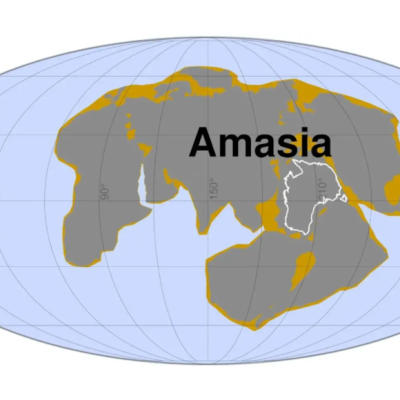The Earth has a “heartbeat” that repeats every 27.5 million years, according to a study by a team of geologists at New York University. While most geologists previously believed that the timing of geological events was random, the team analyzed 89 geological events over the past 260 million years and found evidence of a cycle they call the “heartbeat” of the Earth. The scientists reported in the journal Geoscience Frontiers that the cycle repeats every 27.5 million years. Previous studies had identified Earth cycles lasting between 26 and 36 million years, but doubts remained due to limitations in dating the geological activities. The team led by Michael Rampino used improved radioisotope dating techniques to confirm the cycle’s existence. They analyzed volcanic eruptions, sea level fluctuations, flood basalt eruptions, marine and land extinctions, and changes in the planet’s tectonic plates. The researchers noticed that these global geological events occurred in ten peaks over the 260 million-year period, all happening every 27.5 million years. The last cycle ended about seven million years ago, and the next peak of significant geological activity is expected in about 20 million years. The authors suggest that these pulses may be triggered by activity cycles in the Earth’s interior, which could be related to the dynamics of the climate and the planet’s tectonic plates. It is also possible that the after-effects of similar cycles in the Earth’s orbit could trigger new cycles.
The discovery of the Earth’s “heartbeat” is a significant breakthrough in understanding the planet’s geological history. The study’s findings provide a new perspective on the timing and frequency of geological events, which could help predict future natural disasters. The researchers’ use of improved dating techniques to confirm the cycle’s existence is also noteworthy, as it resolves doubts about the validity of previous studies. The team’s analysis of various geological events, including volcanic eruptions and sea level fluctuations, provides a comprehensive view of the Earth’s geological history. The authors’ suggestion that the pulses may be triggered by activity cycles in the Earth’s interior and the after-effects of similar cycles in the Earth’s orbit opens up new avenues for research. Further studies could shed light on the mechanisms behind the Earth’s “heartbeat” and its potential impact on the planet’s climate and tectonic plates. Overall, the study’s findings have significant implications for our understanding of the Earth’s geological history and its future.










